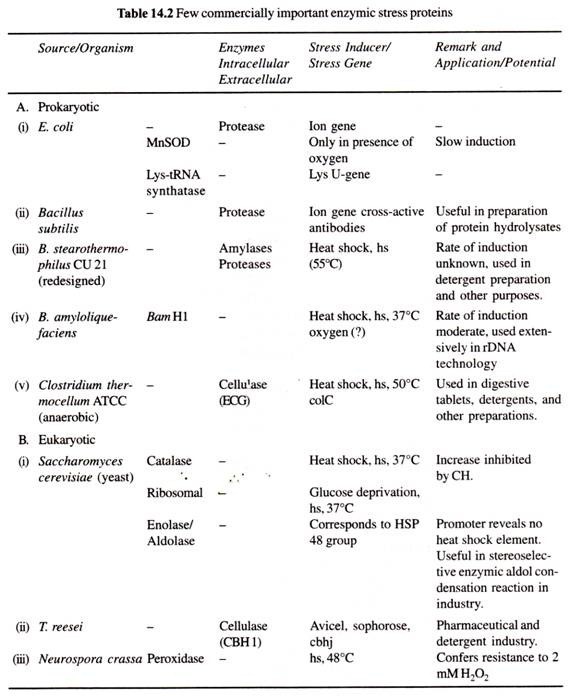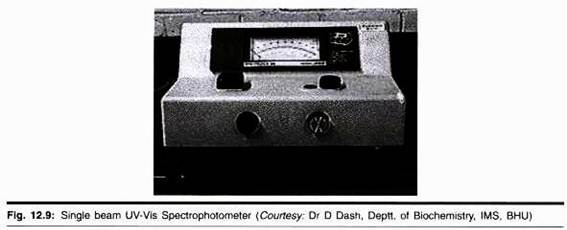ADVERTISEMENTS:
In this article we will discuss about the actions of parathyroid glands.
It is a hypercalcemic and hypophosphatemic agent. Hence increases the plasma calcium level and decreases plasma phosphate level.
The important sites of actions of PTH are:
ADVERTISEMENTS:
1. Bone
2. Kidney
3. GI tract in an indirect way.
1. PTH on Bone (Figs 6.50, 6.51 and Table 6.14):
It acts on the bone matrix mobilizing calcium and phosphate by resorption of the osseous tissue. To start with, it is supposed to increase the activity of osteocytes. This is followed by increase in the number of osteoclasts. This increases the osteoclast cells activity.
During this process, the hydrogen ion concentration of the bone fluid is increased. This brings about solubility of the calcium and phosphate and they are removed from protein matrix. This brings about osteoporosis. Continued action of PTH on bone will lead to pathological fractures.
Initially, PTH acts on osteocytes and increases the transfer of calcium ions from bone fluid into ECF. A slow but a more sustained way it acts on the osteoclasts which are responsible for resorption of calcium and phosphate from the more mature bone.
Activity plus the number of osteoclasts are increased by PTH (citric acid + lactic acid) production is increased, this increases the H+ (proton) concentration in the bone. The resultant increase in the H+, facilitates the process of calcium and phosphate removal.
2. PTH on Kidney (Table 6.15):
1. It increases the calcium reabsorption from DCT.
ADVERTISEMENTS:
2. It decreases phosphate reabsorption from PCT.
3. It stimulates the activity of 1 alpha hydroxylase activity, which in turn brings about increased formation of 1,25-dihydroxycholecalciferol (active form of vitamin D).
Increased reabsorption of calcium from DCT and the action is immediate. cAMP is involved in this process. More of filtered fraction of calcium is reabsorbed. The amount of calcium excreted in the urine decreases. As the plasma calcium is increased much, the filtered load also increases. This may give rise to increased excretion of calcium in the urine which may lead to formation of renal stones.
Decreases the reabsorption of phosphate from PCT. Therefore, there will be increased excretion of phosphate in urine. It may also decrease the reabsorption of sodium and bicarbonate.
ADVERTISEMENTS:
Increases production of 1,25-dihydroxycholecalciferol (1,25-DHCC).
3. PTH and GI Tract (Table 6.16):
The action on GI tract is an indirect one. The increased formation of 1,25-DHCC in turn facilitates more of absorption of calcium from duodenum.





